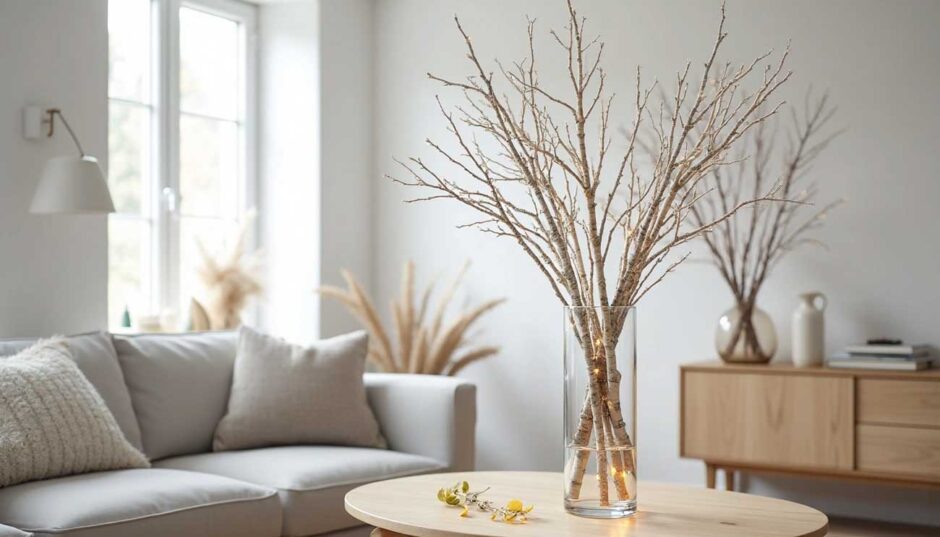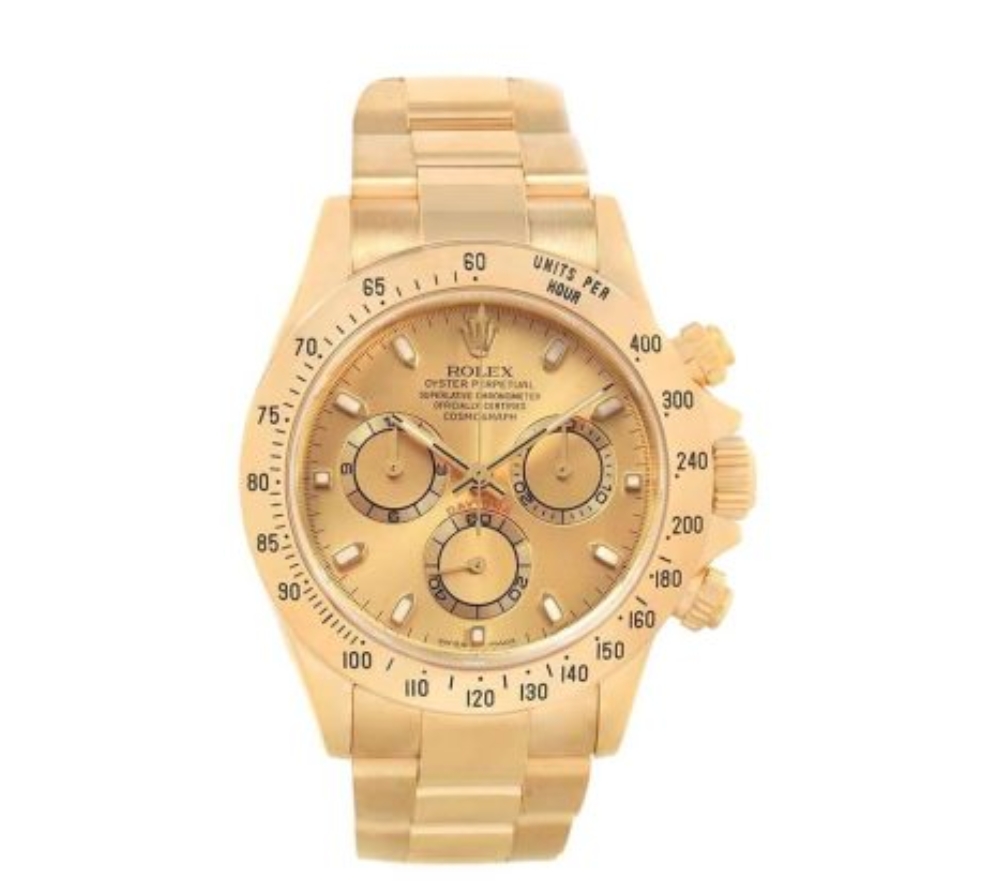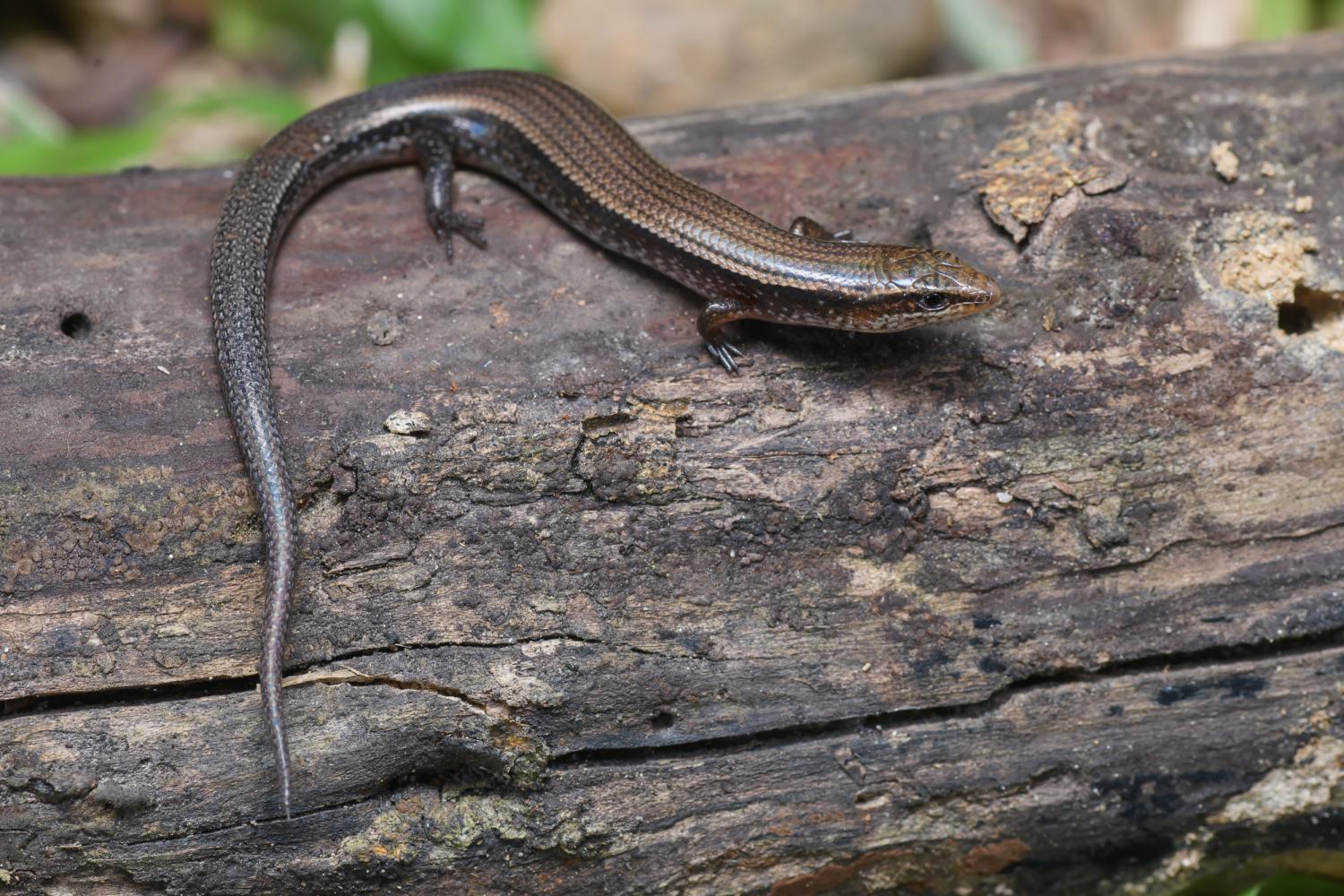Everything You Need to Know About Pyntekvister A Decorative Natural Element for Every Season

Introduction: What Are Pyntekvister?
If you’ve ever walked into a Scandinavian-inspired home and found yourself enchanted by the minimalist decor accented with beautiful, branch-like structures — chances are, you’ve seen pyntekvister. Translated from Norwegian, “pyntekvister” simply means “decorative twigs” or “decorative branches.” While the term might sound a bit niche, the concept has taken root in interior design circles around the globe.
Pyntekvister are often used in everything from floral arrangements to seasonal displays, and even as stand-alone pieces in vases or on wall mounts. They bring a touch of nature indoors and are incredibly versatile. Whether you’re looking for something rustic, modern, or somewhere in between, pyntekvister can be customized to suit your style.
This article takes a deep dive into the world of pyntekvister — covering their uses, materials, seasonal styles, DIY tips, and how to make them a part of your living space in a unique and elegant way.
The History and Origins of Pyntekvister
The use of natural elements for decoration goes back thousands of years, and pyntekvister are no exception. In Scandinavian culture, people have long used branches, twigs, and other elements from the forest as a way to bring nature into the home. This tradition is deeply rooted in their connection to the natural world.
Back in the day, pyntekvister were typically collected during walks in the woods. People would select interestingly shaped branches, decorate them with seasonal ornaments, and place them in their homes — especially during winter when greenery was scarce. Over time, this humble tradition evolved into a design element seen in modern interiors, retail spaces, cafes, and even weddings.
Today, pyntekvister are no longer limited to hand-gathered branches from the forest. You can find them in craft stores, home décor shops, and even online in various materials and colors. The original spirit, however — to celebrate the beauty of nature — remains unchanged.
Types of Pyntekvister and Their Unique Appeal
One of the best things about pyntekvister is the variety. They’re not just your average branch; they come in all shapes, colors, and materials. Let’s explore some popular types:
1. Natural Wooden Branches
These are the closest to the traditional pyntekvister. Often sourced from birch, willow, or cherry trees, these branches are either dried naturally or treated for durability. Some come with bark intact, while others are stripped and polished for a sleek look.
Natural branches work perfectly in rustic or Scandinavian-style homes. They can be left bare or decorated with string lights, seasonal ornaments, or dried flowers.
2. Painted or Dyed Pyntekvister
If you’re going for a modern or eclectic vibe, painted pyntekvister are a fun option. Available in white, gold, silver, or even bold colors like turquoise or coral, these branches add a splash of personality to any room.
Many people use white-painted branches during the winter months to mimic snow-covered trees, while gold or metallic finishes are popular during festive seasons like Christmas or New Year’s.
3. Artificial or Faux Branches
For those who want zero maintenance, artificial pyntekvister are a solid choice. Made from plastic, resin, or other synthetic materials, these mimic the appearance of real branches while being more durable and easier to clean.
Some artificial versions even come pre-decorated with leaves, blossoms, or lights, making them perfect for quick decorating.
Seasonal Uses of Pyntekvister
Pyntekvister aren’t just for one season — they’re truly a year-round decorative element. Here’s how you can incorporate them into your home for each season:
Spring
In spring, use pyntekvister with budding blossoms or pastel accents. Combine them with faux cherry blossoms or miniature bird ornaments to celebrate the season of rebirth. Pastel-colored eggs hanging from bare branches are also a beautiful nod to Easter traditions.
Summer
Summer is the time to go green. Opt for pyntekvister with leafy additions or combine them with wildflowers. You can even place them in outdoor spaces like patios or balconies. A few shells or nautical trinkets tied with jute rope give a subtle coastal theme.
Autumn
Think rich browns, oranges, and golds. Add dried leaves, mini pumpkins, or pinecones to your branches for a cozy autumnal vibe. These make great centerpieces for Thanksgiving dinners or seasonal hallway arrangements.
Winter
This is when pyntekvister truly shine. Use bare branches painted white or silver and decorate them with fairy lights, baubles, or snowflake ornaments. Combine with evergreen sprigs or holly berries for a festive look.
Creative DIY Ideas for Pyntekvister
You don’t need to be an expert crafter to create your own pyntekvister masterpiece. Here are a few DIY ideas to get you started:
1. Painted Branch Centerpiece
Collect some dry branches, clean them up, and spray-paint them white or gold. Once dry, arrange them in a tall vase and add battery-powered string lights. Voila! You have a stunning and budget-friendly centerpiece.
2. Hanging Mobile
Use a thick, horizontal branch and suspend it from the ceiling or a wall mount. From this, you can hang ornaments, dried flowers, or even photos clipped to strings. This makes for a beautiful and personal wall display.
3. Seasonal Tree
Take a large branch with multiple offshoots, place it in a weighted pot or vase, and change its decorations every season. Use eggs for spring, shells for summer, leaves for fall, and snowflakes for winter. One branch, year-round use!
Where to Buy Pyntekvister: Online vs. DIY
So, where can you find pyntekvister if you don’t want to forage or craft them yourself?
Online Retailers
Websites like Etsy, Amazon, and Nordic-themed decor shops sell pyntekvister in a variety of styles and materials. Buying online gives you access to a wider selection, especially if you’re looking for something custom or themed.
Local Craft Stores
Craft and hobby stores often carry natural or artificial branches, especially during holiday seasons. You can buy plain ones and decorate them yourself, or go for ready-made sets.
DIY and Nature Walks
Nothing beats the charm of creating your own pyntekvister from scratch. A simple walk through the woods can yield the perfect branches. Just be sure to clean and treat them properly if you plan to keep them indoors long-term.
How to Style Pyntekvister in Your Home
Once you’ve chosen your pyntekvister, the next step is styling them to fit your space. Here are a few ideas:
Living Room
Place them in a tall glass or ceramic vase beside your sofa or entertainment unit. For extra flair, wrap LED fairy lights around them.
Dining Table
Use shorter pyntekvister in a shallow bowl as a rustic centerpiece. Add seasonal items like cranberries, ornaments, or moss for texture.
Bedroom
Add a calming touch by placing minimalistic branches in your bedroom corners or using wall-mounted branch displays as jewelry holders.
Bathroom
Yes, even bathrooms can benefit! A simple twig arrangement in a small pot near the sink can elevate the whole look.
Maintenance and Longevity Tips
Whether you go natural or artificial, pyntekvister require a bit of care to keep them looking good:
- Dust regularly with a soft cloth or duster.
- For natural branches, avoid placing them in humid areas as they can mold.
- Seal real branches with clear varnish or wood sealant to prevent pests and prolong their life.
- Store artificial branches in a dry box when not in use to avoid fading or damage.
Conclusion: Why Pyntekvister Are a Must-Have in Modern Decor
In a world where artificial and flashy often dominate, pyntekvister offer a breath of fresh air — literally and stylistically. They’re budget-friendly, eco-conscious, and endlessly versatile. Whether you live in a minimalist apartment or a cozy countryside home, there’s always room for pyntekvister.
So go ahead — explore this simple yet stunning trend. You might be surprised how much a few twigs can elevate your space and bring a sense of calm, beauty, and seasonality into your everyday life.




